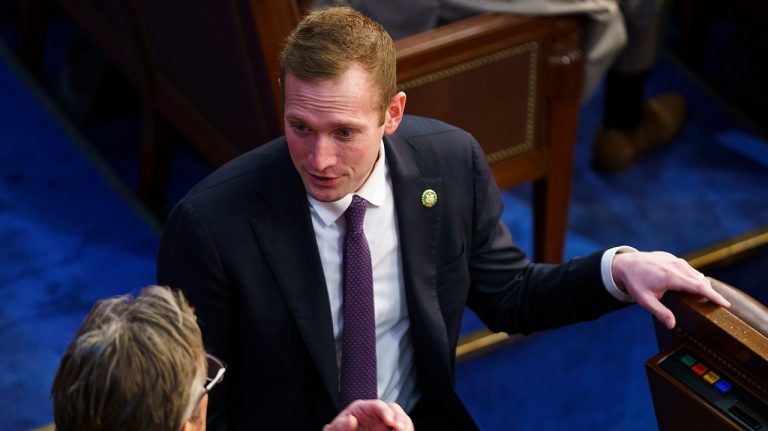NOAA's support for improving weather models and forecasts is critical to saving lives and reducing recovery costs, experts told representatives Wednesday.
The United States was hit by 28 separate climate disasters worth $1 billion in 2023, making the costs related to helping communities recover from natural disasters the highest on record, according to NOAA.
Chairman Max Miller (R-Ohio) told the Environment Subcommittee of the House Science, Space, and Technology Committee that natural disasters affect a wide range of people and businesses, from farmers in Ohio to large manufacturing plants.
“It's easy to see that weather data doesn't just help determine what to wear for the day,” Miller said. “It strengthens our national economy and security by aiding long-term decision-making. There are serious economic and humanitarian implications of not being able to predict the weather correctly or accurately, and we cannot let the United States fall behind on the global stage.
The United States faces a unique challenge in weather forecasting. Its weather events are more diverse, frequent and intense than in any other country, according to Scott Weaver, CEO of CLIMET Consulting.
The United States has experienced more than 8,000 deaths and $2.5 trillion in economic losses from extreme weather events since 1980, with $1 trillion of those losses in the past seven years. While a wide range of issues can make forecasting efforts difficult, the United States can still do more to improve, Weaver said.
The United States has the opportunity to be a global leader in meteorological science and services, but doing so requires “coordinating a thriving research and applications enterprise to finally begin to bend the nation's annual losses from climate disasters,” Weaver said.
Congress can help in this effort by not taking on new responsibilities that fail to add value to NOAA, and by following a budget preparation process, allowing the agency to plan an annual budget, said Kevin Beatty, CEO of Aeris. Limited time.
For the National Oceanic and Atmospheric Administration (NOAA), the agency should develop a clear and concise strategy for improving weather forecasts, evaluate its current structure, consider building an independent modeling team and develop more partnerships in the private sector, the head of the Scientific and Technological Innovation Corporation suggested.
Beatty told the committee that factors such as climate change and population growth make it necessary for NOAA to rely on outside companies to achieve its goals of observing, computing, modeling and providing information about the weather.
As severe weather worsens, it's essential to ensure people are properly informed, said Ranking Member Deborah Ross (D.N.C.).
“The risks and damage associated with severe storms cannot be completely stopped, but they can be mitigated, including by providing affected communities with appropriate warnings,” Ross said. “Combining accurate and timely weather information with effective, accessible communications is essential to achieving our goal of protecting the lives and property of Americans.”
Copyright 2024 Nexstar Media Inc. all rights are save. This material may not be published, broadcast, rewritten or redistributed.

